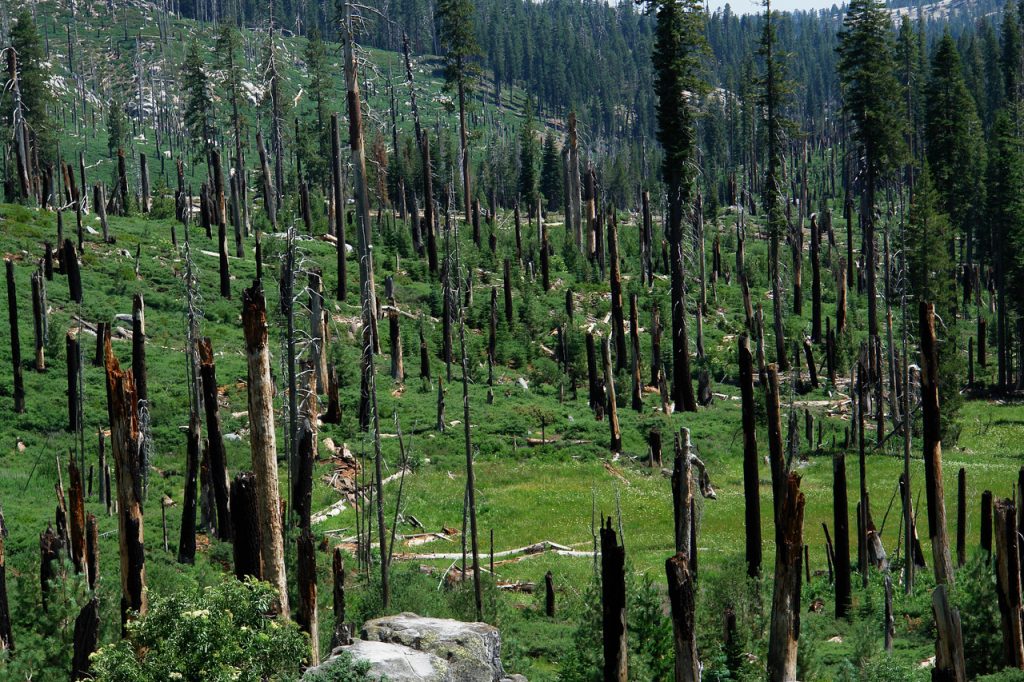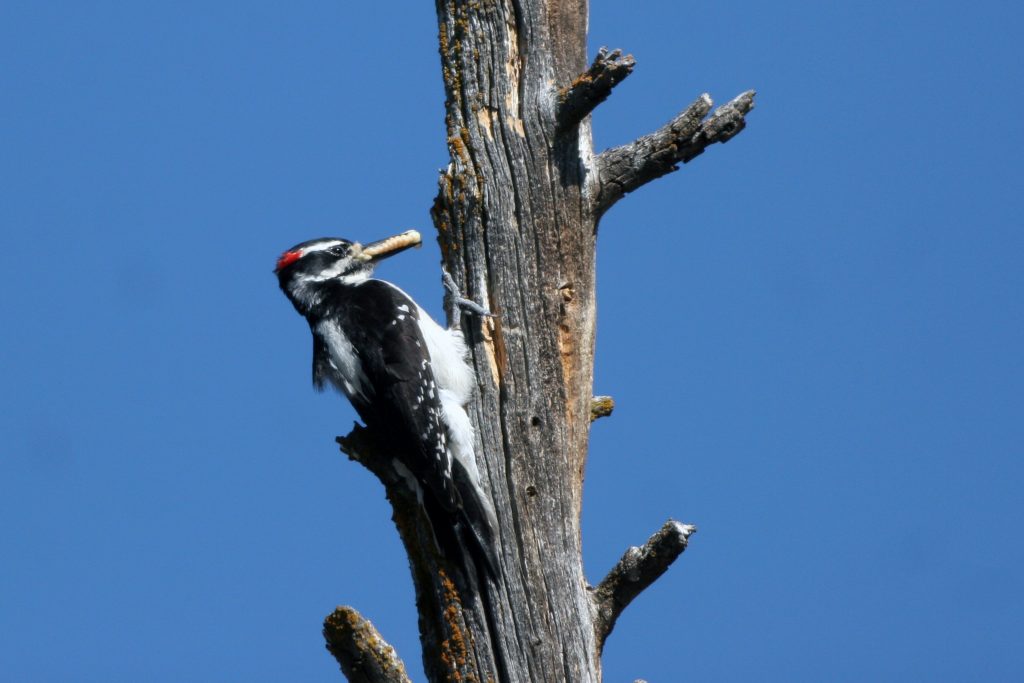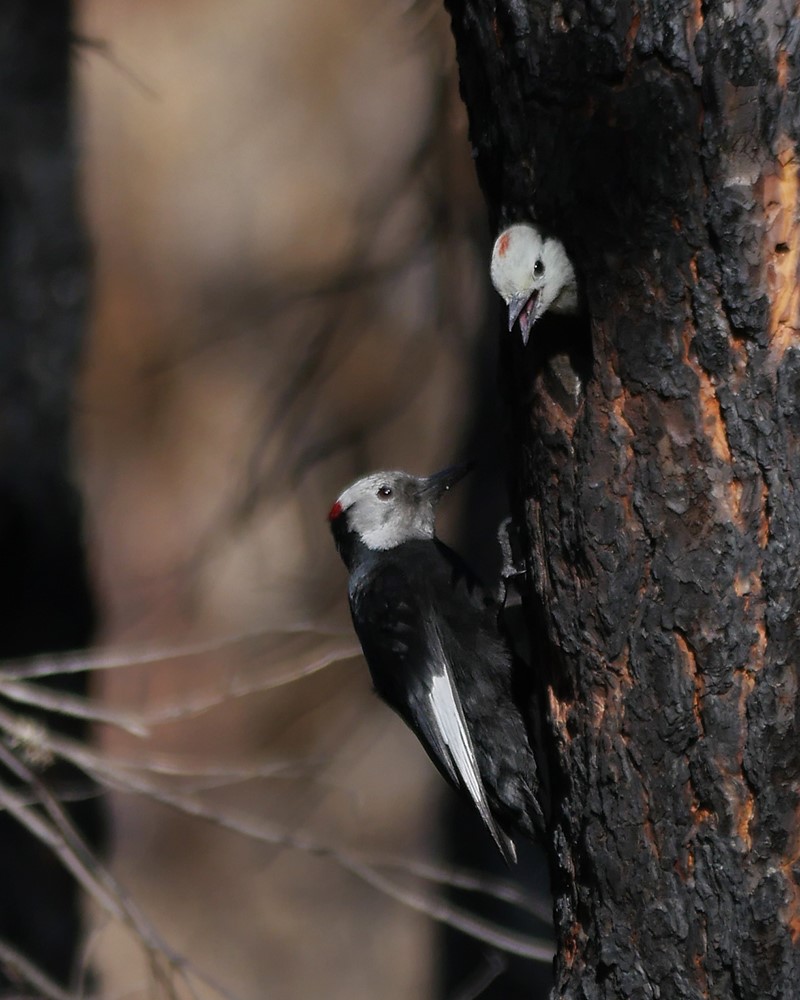Reflections on Tree Mortality and Wildfire in California. Let’s become better informed.

Communities in California and other western states have been devastated by wildfire in recent years. Victims have stories which only they can adequately convey. Many residents have fears and questions that persist like particles in smoke. No soundbite on television or a Facebook post can possibly deliver a full understanding of the complex causes of the problem; nor can they provide a helpful outlook of our fire future. We attempt here to contribute to a fuller understanding.

Since it is our goal to rely on credible sources for information we highly recommend the following recent publication. Mass Tree Mortality, Fuels, and Fire: A Guide for Sierra Nevada Forest Landowners by Devin McMahon, Jodi Axelson and Susie Kocher. You will find it in the August 2020 issue of University of California Division of Agriculture and Natural Resources. Even if you are not a forest manager, you will find two sections of the report especially enlightening: Effects of tree Mortality on Fuels and Fire-severity, and Fuels: One component of risk from fire.
In their summary, the authors write, “Tree mortality can affect fire behavior and may lead to more severe fire once a fire has started. However, tree mortality may not be the main factor that controls fire risk and does not always increase fire severity. After tree mortality, managing both dead and living trees can reduce risk from fire.”
These experts and others tell us that the prospect of healthier forests relies on many things apart from effective management by humans.
Since the inception of the Cavity Conservation Initiative in 2011 we have pointed to the habitat value of dead trees, especially for cavity-nesting birds and other wildlife. Wildfires don’t change how dead trees can benefit ecosystems and forest health under more normal circumstances. Without question, these unprecedented conditions require greater attention to fuel loads, forest management practices, and the urban-wildlife interface where fire is potentially catastrophic for people.

Bark beetles, which are partly responsible for the death of millions of trees, are a topic of interest to the Cavity Conservation Initiative because wildlife (especially woodpeckers) have a strong association with dead trees, bark beetles and fire. Rapid spread of bark beetles tends to trigger alarm. And indeed, when prolonged forest infestations occur across many wide swaths of landscape, ‘alarm’ is justifiable.
Recently we turned to seasoned arborist, Bruce Hagen, veteran member of Western Chapter of the International Society of Arboriculture and former editor of its magazine Western Arborist, to shed light on the role of bark beetles. We thought you’d appreciate how clearly Mr. Hagen summarizes their role in forest health. Here’s what he wrote:
In general, bark beetles and other pests remove suppressed, crowded and over-shaded trees, and those that are stressed by drought, diseases, flooding, etc. But at times bark beetles also respond to massive blow downs causing outbreaks that lead to mortality in healthy trees. They come to take advantage of the biomass. In doing so they serve as a check and balance. They reset the biological clock so things can get started again. Trees that remain are healthy because they have access to more resources i.e. sunlight and soil moisture when some of their closer neighbors are culled. The mission of these pests is equilibrium, to return the forest to a stable ecosystem until the next disturbance– wildfire, droughts, storms, landslides, periodic flooding, insect outbreaks, etc.
Most of the time the oscillations are small and generally less often, but they can be large. Historically, California’s forest systems have generally remained intact. We may lose millions of trees, but they regenerate, although regeneration maybe tempered by climate change and several other factors including frequency of fire in a given location. Large and steady tree removals in rainforests are an exception in regard to resiliency. Those forests will take eons to return and some of the biodiversity will not return.
The National Fire Protection Association is an excellent source of information to help you remain ‘fire wise.’


Connect
Connect with us on the following social media platforms.